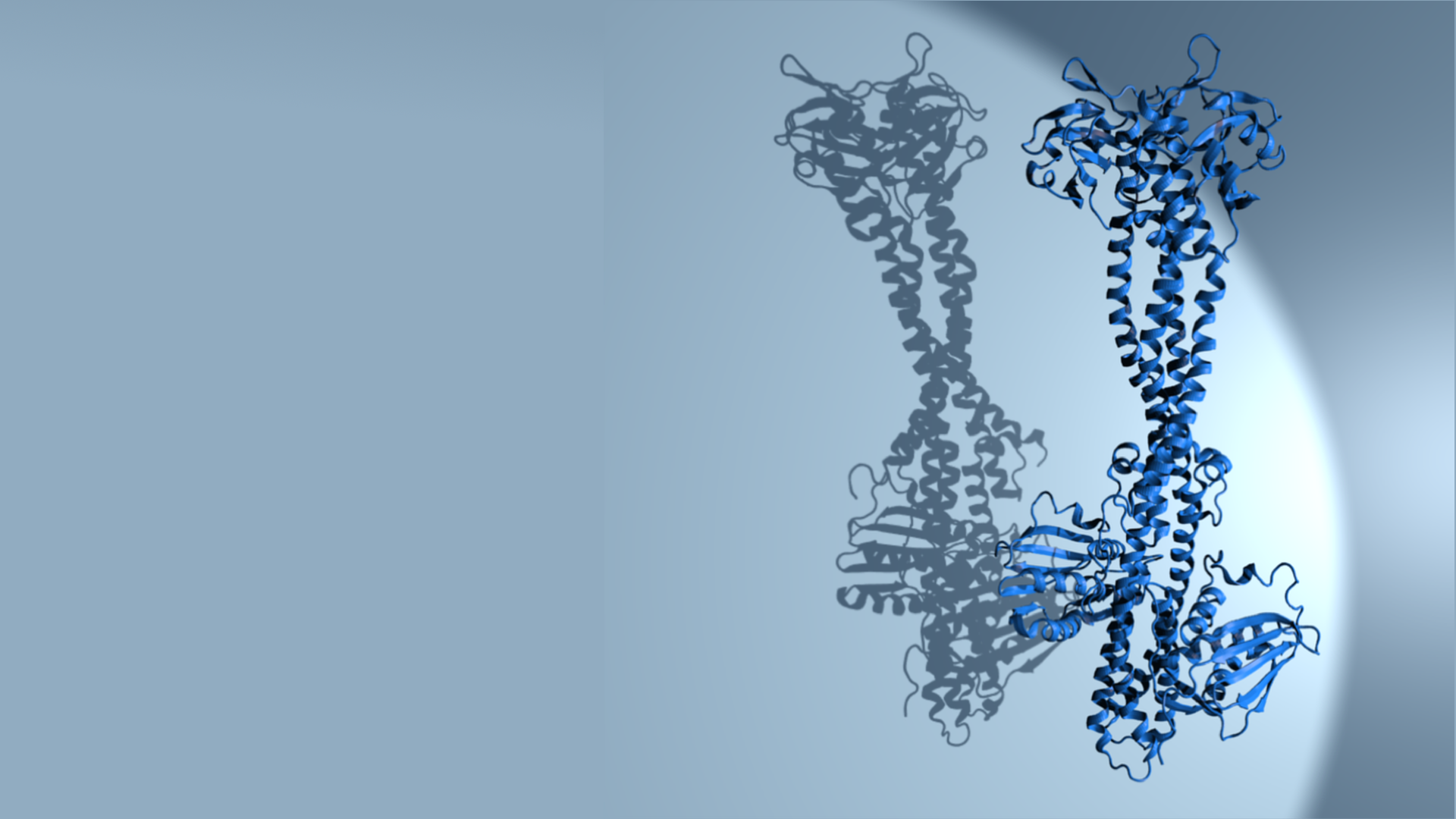
Two-component systems (TCSs) are signaling complexes essential for bacterial survival and virulence. The transduction mechanism of the signaling is currently hindered by the lack of a complete atomistic structure.
I assembled the first structural model of the transmembrane (TM) portion of PhoQ from E. coli by using molecular simulations integrated with cross-linking disulfide scanning data. Its structural and dynamic features induce a concerted displacement of the TM helices at the periplasmic side, which modulates a rotation at the cytoplasmic end. This supports the idea that signal transduction is promoted through a combination of scissoring and rotational movements of the TM helices.
I also combined solid state NMR data and disulfide crosslinking data with Rosetta membrane and all atom molecular dynamics simulations to produce the first full length model of NsaS structure. The model showed the soft coupling of the transmembrane helices with the cytoplasmic signaling coiled-coil. The structural approach followed in this study provides a first physical model for the structure of the dimeric NsaS sensor.
These atomistic models will pave the way for future studies of sensing mechanisms in bacteria.
This work was published in Plos Computational Biology and Journal of the American Chemical Society.